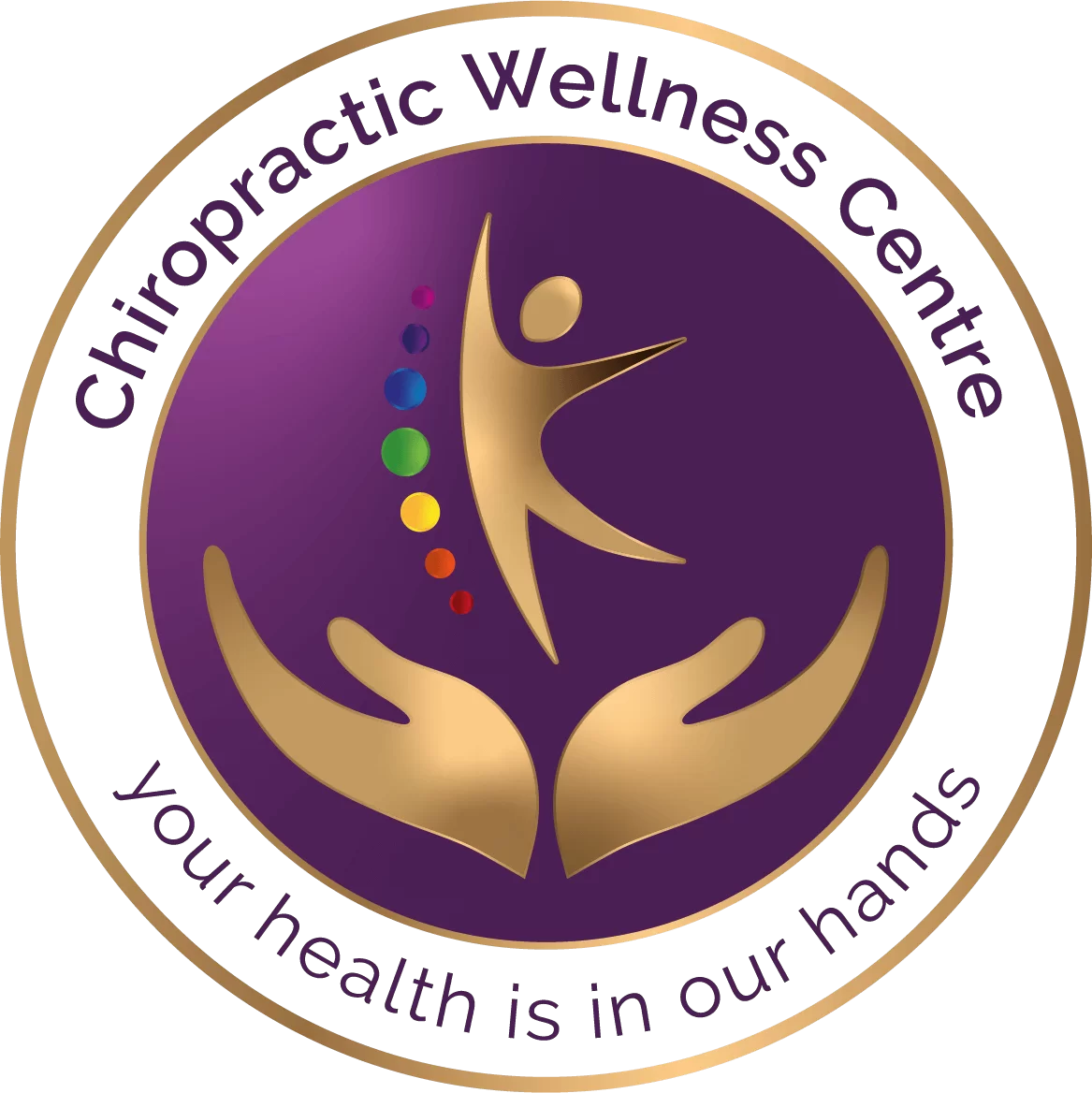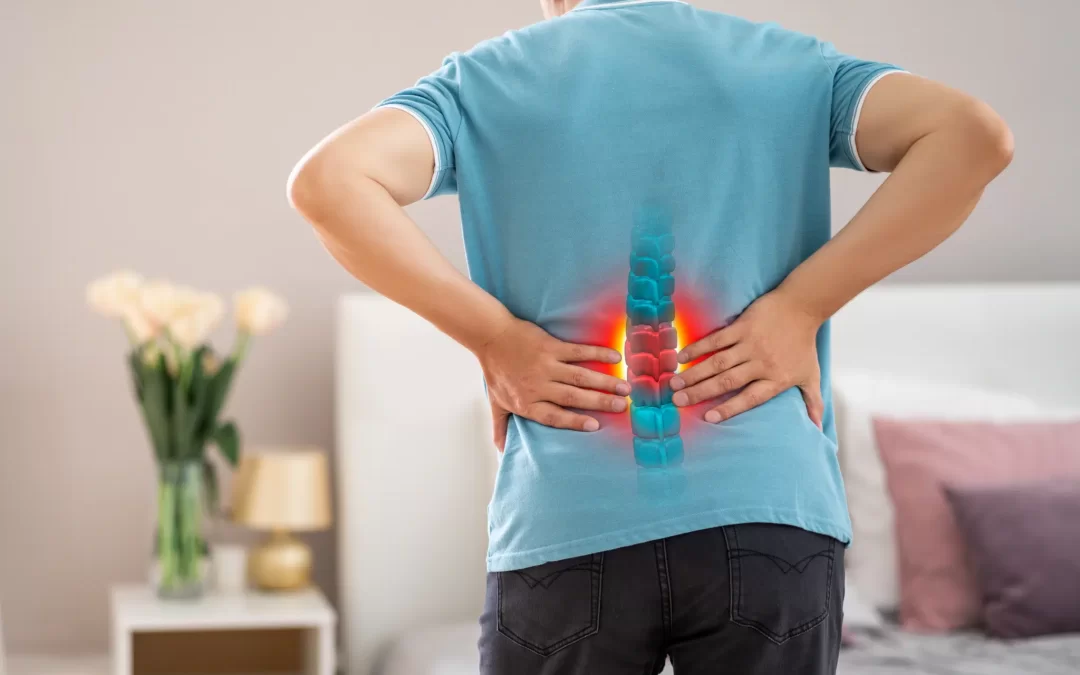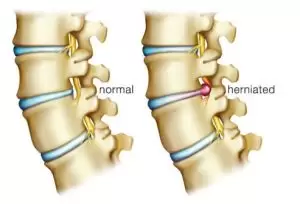Living with a herniated disc can be painful and affect the quality of your life, impacting your ability to
live and be well. Acute back pain, tingling sensations, or numbness, may be a sign that you have a
herniated disc. At our chiropractic centres in Broughton Astley and Rugby, we offer a natural, non-
invasive approach to reduce your pain, improve your functionality and strengthen the weak areas
that contributed to the disc herniation.
What is a Herniated Disc?
Small gel-filled discs fill the spaces between the vertebrae in your spine. These discs cushion your
spine and make movement comfortable and pain-free. A disc herniation occurs when the inner layer
of the disc protrudes through an opening in the disc’s outer layer. When this happens, the bulging
part of the disc often presses on nearby nerves, triggering pain. Where you feel the pain depends on
the location of the herniated disc. For example, a herniated disc in your lower back could cause pain
that extends to your legs or buttocks, in addition to your back. Shoulder, arm or neck pain could
occur if you have a bulging disc in your neck. Herniated discs most commonly occur in the lower back
but can also affect other areas of the spine.
Herniated discs can occur in any age group at any time, but factors like prolonged sitting, poor
posture, ageing, incorrect heavy lifting can all contribute to herniated discs. One of the most
common contributors for lower back disc herniations that we see in clinical practice, are weak
gluteal muscle engagement, multifidus muscle weakness and atrophy.
How Can Chiropractic Care Help?
At Chiropractic Wellness Centre in Broughton Astley, we use chiropractic care to help reduce the
pressure caused by the disc on the affected nerves by improving spinal function, restoring mobility
to the affected spinal segments and strengthening the weak musculature.
1. Restoring Proper Spinal Alignment
Poor spinal segmental alignment may lead to herniated discs. Chiropractic adjustments gently
correct this, allowing the disc to heal.
2. Improved Mobility and Flexibility
Chiropractic care restores flexibility and reduces stiffness, helping you move more comfortably.
3. Non-Invasive
Our care is non-invasive stop and may include also postural, nutritional and wellness advice to
support your overall recovery.
4. Injury Prevention
Regular chiropractic care strengthens your spine and posture, helping you adapt to future stresses
and cope more effectively with any injuries.
Research
Chiropractic treatments don’t involve medication, steroid injections, or surgery and could even help
you avoid or delay surgery if you have a herniated disc. 3 In a retrospective cohort study published in
BMJ Open, researchers reported that spinal manipulation treatment, one of the therapies offered by
chiropractors, significantly reduced the need for discectomy during the two years following
manipulation therapy for patients recently diagnosed with herniated discs. Discectomy is a surgical
procedure that removes all or some of a herniated disc. 1
Another cohort study published in the Journal of Manipulative and Physiological Therapeutics noted
that spinal manipulation therapy was effective in improving herniated disc symptoms. According to
the study, 90.5 percent of patients saw an improvement in symptoms after three months of spinal
manipulation therapy. 2
Contact our clinics to learn more as to how Chiropractic care could help you manage your herniated
disc symptoms and help you live well and be well.
References
1. BMJ Open: Association Between Chiropractic Spinal Manipulation and Lumbar Discectomy in
Adults with Lumbar Disc Herniation and Radiculopathy: Retrospective Cohort Study Using
United States’ Date, 12/16/2022.
https://bmjopen.bmj.com/content/12/12/e068262.abstract
2. Journal of Manipulative and Physiological Therapeutics: Outcomes of Acute and Chronic
Patients with Magnetic Resonance Imaging-Confirmed Symptomatic Lumbar Disc
Herniations Receiving High Velocity, Low-Amplitude, Spinal Manipulative Therapy: a
Prospective Observational Cohort Study with One-Year Follow-Up, March/April 2014
https://pubmed.ncbi.nlm.nih.gov/24636109/
3. https://www.verywellhealth.com/chiropractic-vs-surgery-for-herniated-disc-5443093


